Their origins steeped in mystery, the wild horses in the Namib Desert have captured imaginations and touched hearts. These resilient animals have survived in the desert for more than a century and over the years have become a major tourist attraction in southern Namibia.
The book ‘Wild Horses in the Namib Desert’ (now out-of-print) is the outcome of a collaboration, revealing the little-known history and behaviour of the wild horse population. Manni Goldbeck sheds light on the horses’ origins, taking the reader back to the tumultuous time of World War l and exploring the more plausible theories, while Telané Greyling (PhD Zoology) shares her knowledge of the intriguing behaviour of the Namib horses gleaned from her many years of research and life amongst the horses. Freelance writer, Ron Swilling, created a text from the material giving it a breath of life. Finally, from the love for the horse and all things wild, the book was born.
An equine biography of the Namib wild horses, the book traces the beginnings of Equus groups on the sub-continent, following their journey over time to Namibia and the present day.
Join us every Sunday as we share the wild horses’ journey with you . . .
(If you’ve missed any of the posts, you can find them on the PadlangsNamibia website.)
𝐂𝐇𝐀𝐏𝐓𝐄𝐑 𝟑: 𝐀 𝐜𝐡𝐚𝐧𝐠𝐢𝐧𝐠 𝐨𝐟 𝐩𝐞𝐫𝐜𝐞𝐩𝐭𝐢𝐨𝐧 (𝐜𝐨𝐧𝐭 . . . )
𝐑𝐞𝐬𝐞𝐚𝐫𝐜𝐡 𝐚𝐧𝐝 𝐂𝐥𝐚𝐫𝐢𝐭𝐲
In 1999, after the drought, there were concerns raised by Ministry of Environment and Tourism (MET) members about the predicted worldwide climate change that could alter the desert environment, rendering it even drier and therefore incapable of sustaining the horses. There was talk of relocating them to a farm where they would have access to better grazing as their area in the Namib-Naukluft Park is restricted by a fence in the east and south and the waterless desert in the west. There were also concerns that they were having a negative impact on the environment and displacing indigenous species. It was decided that further research was needed to gain a proper understanding of the carrying capacity of the land, the biodiversity and the impact of the presence of the wild horses.
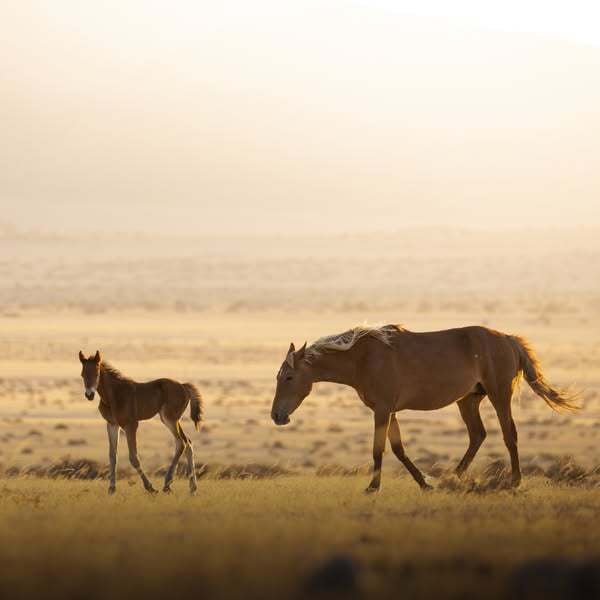
In the years 2003 to 2005 further in-depth research was undertaken by Telané Greyling as part of her doctoral thesis, looking at population dynamics, the influence of the horses on biodiversity, tourism activity in the area, plant communities, grazing capacity, termite grass utilisation and large herbivore densities and distribution. The research indicated that the horses have not displaced any indigenous animals; they utilise an area at the edge of the Namib-Naukluft Park that covers less than 0.7 per cent of the total size of the Park. No evidence was found of significant interspecific competition between the Namib horses and the game in the area. Being less dependent on water, the game species have far greater ranges than the horses. The horses also do not have a significant impact on the vegetation. It was discovered that the lack of moisture rather than the impact of grazers controls the environment in the region.
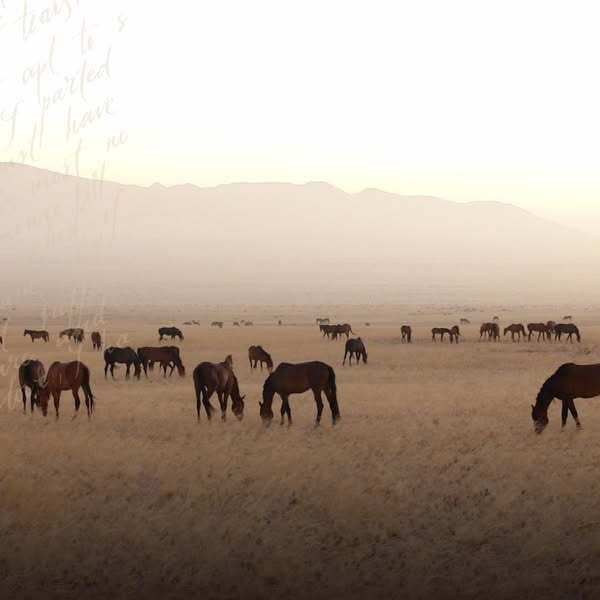
A workshop was held to gain a clearer picture on the future management of the wild horse population and to formulate a management plan based on the findings. It was attended by representatives from MET, the veterinary services, the tourism industry and scientists from Namibia, South Africa and the United Kingdom. It was recommended that the horses should not be relocated, but should remain in
the area with as little interference as possible and that periodic intervention should only take place if required. It was also recommended that the population should remain large enough to allow for the natural losses that occur during a drought period, these being old and weak horses and youngsters which may have some or other physical weakness. The group suggested that the carrying capacity of the land should be monitored to allow the population to fluctuate between a minimum and maximum threshold of between 50 and 200 horses. If a situation develops that could lead to the population exceeding the maximum or dipping below the minimum threshold, decreasing the herd to a point where it would affect genetic diversity, interventions should be employed to wisely manage the situation.
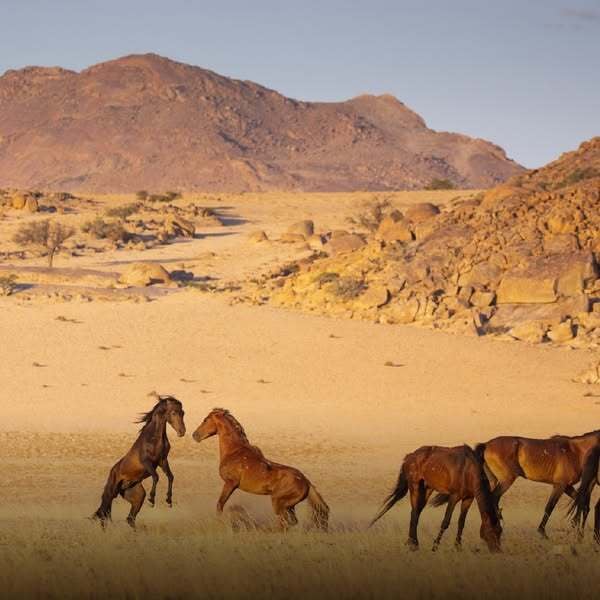


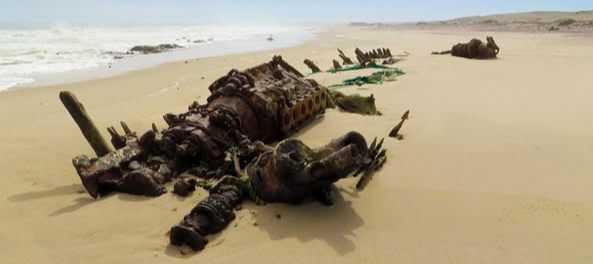
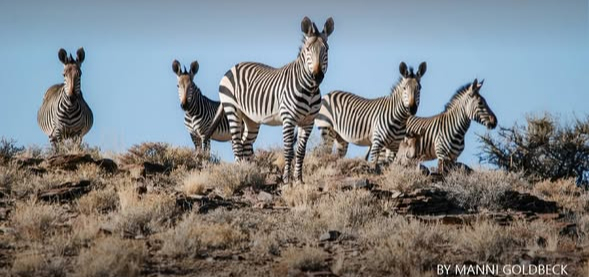


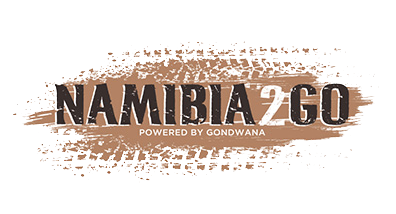

.png)

SUBMIT YOUR COMMENT